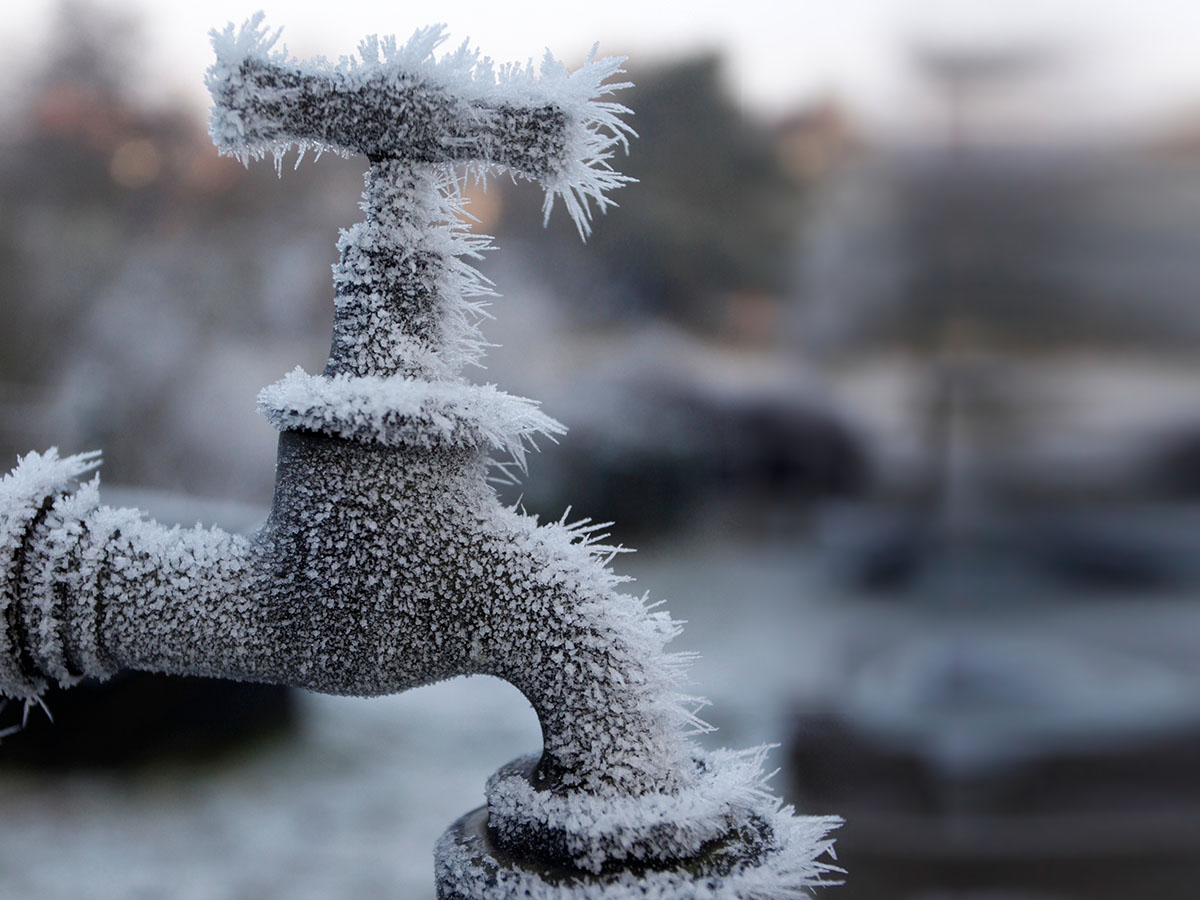Preventing Frozen Pipes: Top Tips for Winter
Preventing Frozen Pipes: Top Tips for Winter
Blog Article
Any individual is bound to have their own theory when it comes to Preventing and dealing with frozen pipes.

Cold weather can damage your pipes, specifically by freezing pipelines. Right here's exactly how to stop it from happening and what to do if it does.
Intro
As temperature levels drop, the risk of frozen pipelines rises, possibly leading to pricey repair work and water damage. Understanding just how to stop icy pipelines is vital for house owners in chilly environments.
Understanding Frozen Pipes
What creates pipes to freeze?
Pipes ice up when subjected to temperatures below 32 ° F (0 ° C) for prolonged durations. As water inside the pipes freezes, it expands, taxing the pipeline walls and possibly creating them to break.
Dangers and damages
Icy pipelines can lead to water supply disturbances, property damages, and expensive repair services. Burst pipes can flooding homes and cause substantial structural damages.
Indications of Frozen Pipeline
Identifying frozen pipelines early can avoid them from rupturing.
How to recognize icy pipes
Look for reduced water flow from faucets, uncommon odors or noises from pipes, and noticeable frost on subjected pipes.
Avoidance Tips
Shielding at risk pipes
Wrap pipes in insulation sleeves or use heat tape to protect them from freezing temperature levels. Concentrate on pipes in unheated or exterior locations of the home.
Heating techniques
Maintain interior rooms sufficiently heated up, specifically locations with plumbing. Open cupboard doors to enable cozy air to flow around pipelines under sinks.
Shielding Outside Pipes
Yard hose pipes and outdoor faucets
Disconnect and drain garden hose pipes before wintertime. Install frost-proof spigots or cover outdoor faucets with insulated caps.
What to Do If Your Pipelines Freeze
Immediate actions to take
If you think frozen pipelines, maintain taps open up to ease stress as the ice thaws. Utilize a hairdryer or towels taken in warm water to thaw pipes gradually.
Long-Term Solutions
Architectural modifications
Take into consideration rerouting pipes away from exterior wall surfaces or unheated locations. Add additional insulation to attic rooms, cellars, and crawl spaces.
Updating insulation
Invest in top notch insulation for pipelines, attic rooms, and wall surfaces. Correct insulation helps maintain consistent temperature levels and lowers the danger of icy pipelines.
Verdict
Protecting against frozen pipelines needs positive procedures and fast feedbacks. By comprehending the reasons, signs, and preventive measures, property owners can safeguard their pipes during winter.
5 Ways to Prevent Frozen Pipes
Drain Outdoor Faucets and Disconnect Hoses
First, close the shut-off valve that controls the flow of water in the pipe to your outdoor faucet. Then, head outside to disconnect and drain your hose and open the outdoor faucet to allow the water to completely drain out of the line. Turn off the faucet when done. Finally, head back to the shut-off valve and drain the remaining water inside the pipe into a bucket or container. Additionally, if you have a home irrigation system, you should consider hiring an expert to clear the system of water each year.
Insulate Pipes
One of the best and most cost-effective methods for preventing frozen water pipes is to wrap your pipes with insulation. This is especially important for areas in your home that aren’t exposed to heat, such as an attic. We suggest using foam sleeves, which can typically be found at your local hardware store.
Keep Heat Running at 65
Your pipes are located inside your walls, and the temperature there is much colder than the rest of the house. To prevent your pipes from freezing, The Insurance Information Institute suggests that you keep your home heated to at least 65 degrees, even when traveling. You may want to invest in smart devices that can keep an eye on the temperature in your home while you’re away.
Leave Water Dripping
Moving water — even a small trickle — can prevent ice from forming inside your pipes. When freezing temps are imminent, start a drip of water from all faucets that serve exposed pipes. Leaving a few faucets running will also help relieve pressure inside the pipes and help prevent a rupture if the water inside freezes.
Open Cupboard Doors
Warm your kitchen and bathroom pipes by opening cupboards and vanities. You should also leave your interior doors ajar to help warm air circulate evenly throughout your home.

Do you really like more info about Helpful Tips to Prevent Frozen Pipes this Winter? Leave a review down the page. We would be pleased to find out your insights about this content. We are looking forward to see you back again soon. You should pause to distribute this article if you enjoyed reading it. Thanks a lot for your time. Don't forget to check up our website back soon.
Check This Out Report this page